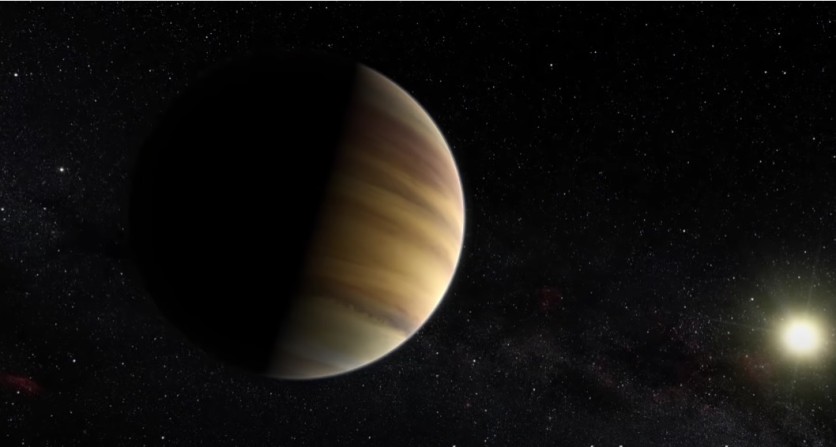
Two high school kids have finally applied what they have learned from their 'astronomy' class after stumbling through a sudden discovery of four new exoplanets using NASA's TESS (Transiting Exoplanet Survey Satellite). The future seems bright for aspiring astronomers in the future.
Two High Schoolers Came Across Space for a New Finding
January is full of astronomical events that have been sighted upon revelation, and yet, two students from highschool made the cut for a new 'planetary' uncovering after seeing never-before-seen exoplanets that are roaming freely in the vast space.
According to Space, Jasmine Wright, 18, and Kartik Pingle, 16 are the two students who aided Tansu Daylan, who according to his website is fond of studying exoplanets, Bayesian inference, dark matter, and machine learning.
Daylan, who is a researcher based at the Kavli Institute of Astrophysics and Space Research, which was under the Massachusetts Institute of Technology, spearheaded the astronomical exploration meant for Wright and Pingle's immersion program called the Student Research Mentoring Program (SRMP).
The SRMP is held at MIT and at the Harvard-Smithsonian Center for Astrophysics, where the students collaborated with the scientists for a space discovery project.
"By the end of the program, the students can say they've done active, state-of-the-art research in astrophysics," SRMP director and MIT cosmochemist Clara Sousa-Silva said in a statement.
The opportunity gave the two aspiring astronomers to be a part of an astronomical paper entitled "TESS Discovery of a Super-Earth and Three Sub-Neptunes Hosted by the Bright, Sun-like Star HD 108236" published on January 25.
What do the Exoplanets Look Like
The study revealed that the three 'Neptune-like' planets and a huge 'Earth-like' body were seen in circles revolving around a distant, bright star, TOI-1233 located more than 200 light-years from the Earth, Slash Gear reported.
The rocky 'Earth' falls to the 'super-earth' category, where all planetary members under this have radii ranging starting from 0.8 to two of the Earth's size. Moreover, the 'Neptune-like' planets were discovered to be miniatures of Neptune but still, they were 2.1 to 3.1 times larger than the Earth's radius.
The researchers said that the four new exoplanets have the following orbital periods in ascending order: 3.8 days, 6.2 days, 14/2 days, and 19.6 days.
The deep-seated planet in the solar system, Mercury will take 88 days to orbit while Neptune needs 165 years to make a full-orbital motion around the sun.
According to the researchers, the collection of an unknown exoplanet resembling a 'rocky Earth,' the measures of the planetary bodies and the likeness of the distant star (HD 108236) to the Sun paved an interesting way for scrutinizing the evolution of planetary objects.
Truly, the application of the transit method of TESS helped the two kids on their space discovery. TESS is an orbiting satellite in the planet that uses the bright stars as the guides to unveil the hiding exoplanets in their mysterious locations. Furthermore, it also reviews if the exoplanets block the distant stars which will lead to the discovery.
For Wright, the accomplishment made by her and Pingle met the research goal of Daylan, the leading researcher. She added that she felt the excitement upon the discovery, and finding a system of many planets is a cool accomplishment.
Related Article: Astronomers Discover Massive Glowing Planet Just Drifting Beyond The Solar System
This article is owned by Tech Times.
Written by Joen Coronel
![Apple Watch Series 10 [GPS 42mm]](https://d.techtimes.com/en/full/453899/apple-watch-series-10-gps-42mm.jpg?w=184&h=103&f=9fb3c2ea2db928c663d1d2eadbcb3e52)



